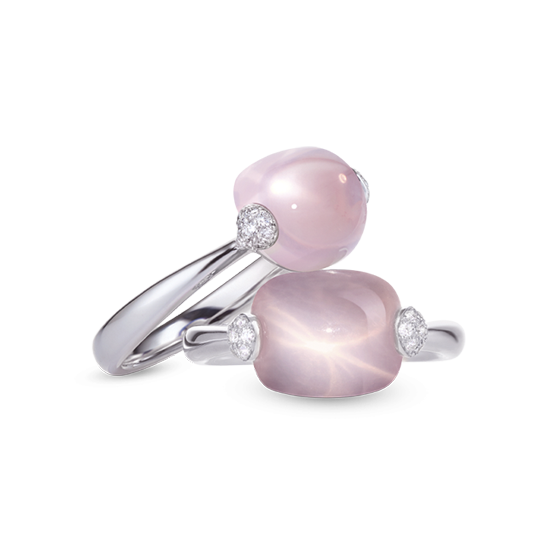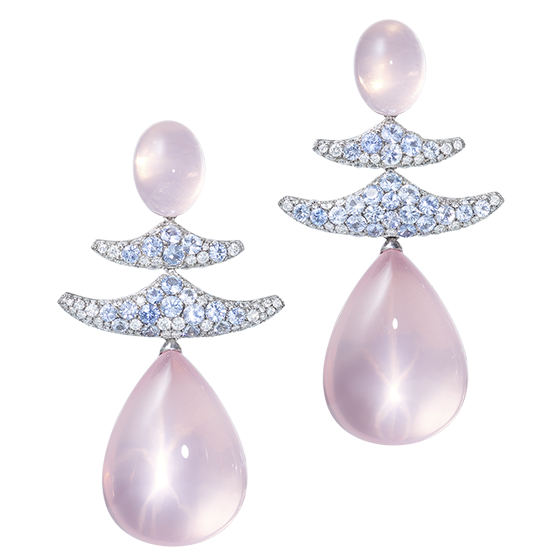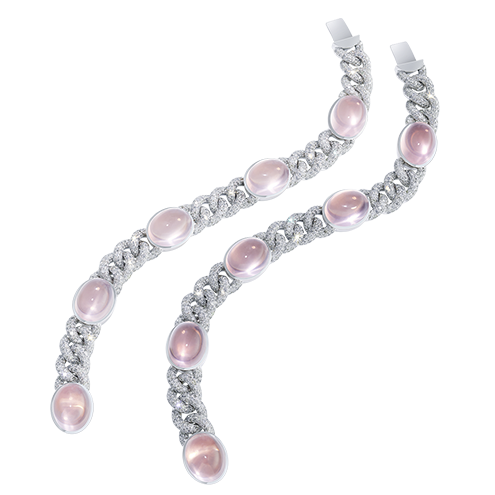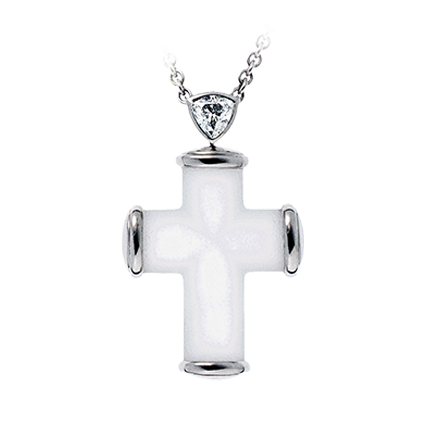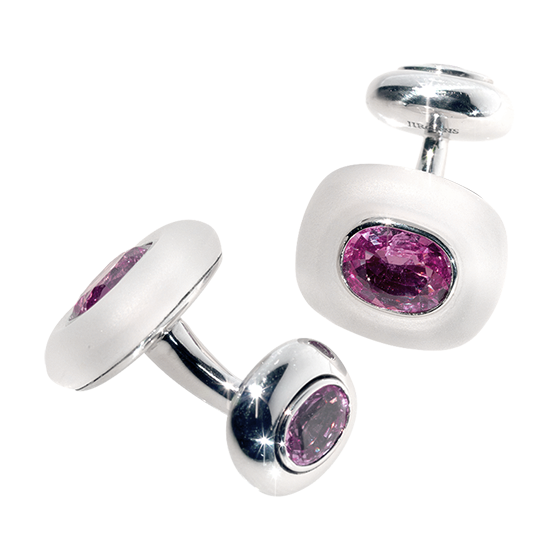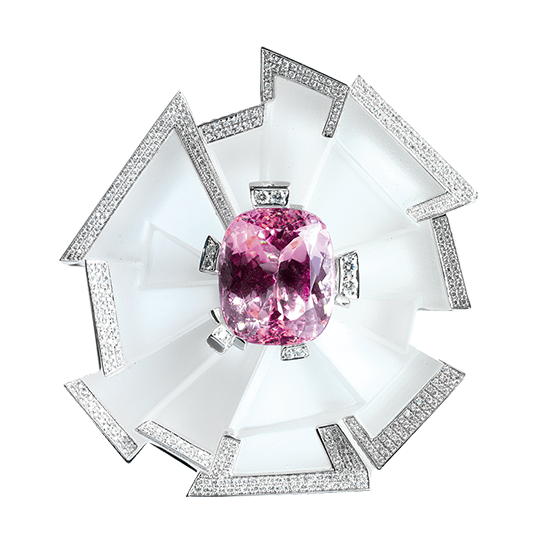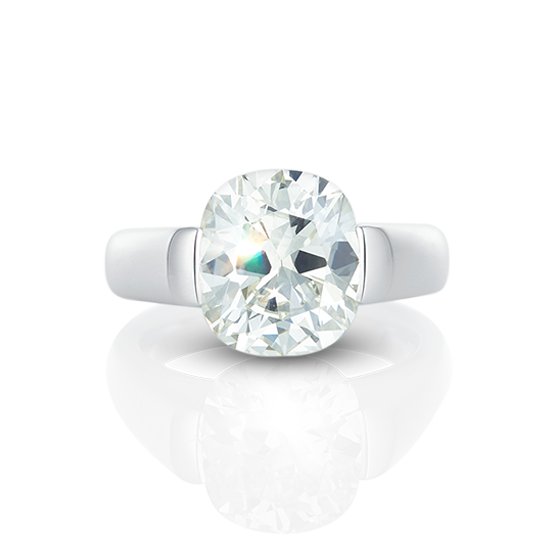Gala Mai 2020
Wednesday, 20 May 2020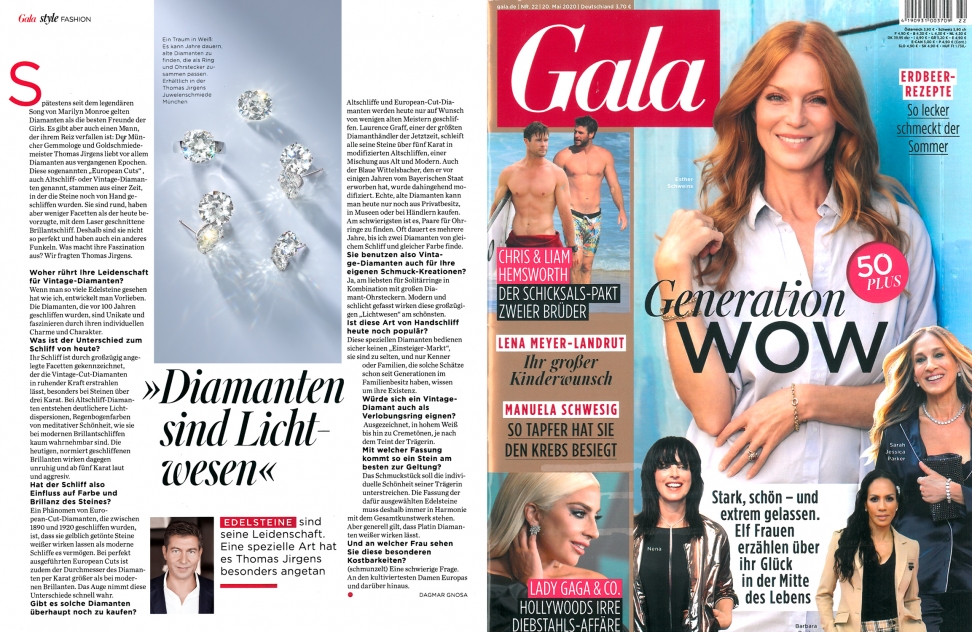
"Diamonds are beings of light"
Ever since the legendary song by Marilyn Monroe, diamonds have been considered a girl's best friend. But there is also one man who has fallen for their charms: Thomas Jirgens, a gemologist and master goldsmith from Munich, is particularly fond of diamonds from bygone eras. These so-called "European Cuts" , also called old-cut or vintage diamonds, come from a time when the gems were still cut by hand. They are round, but have fewer facets than today's preferred laser cut brilliants. That's why they're not quite as perfect and also possess a different sparkle. What makes them so fascinating? We asked Thomas Jirgens.
Where does your passion for vintage diamonds come from?
When you've seen as many gems as I have, you develop preferences. The diamonds that were cut 100 years ago are unique and fascinate with their individual charm and character.
What is the difference to modern-day cuts?
Their cut is characterized by generous facets, which makes vintage cut diamonds shine with a tranquil power, especially those that are over three carats. Old cut diamonds create more distinct light dispersions, iridescent colors of meditative beauty that are barely perceptible in modern brilliant cuts. In contrast, today's standard brilliant-cut diamonds appear restless and, from five carats upwards, loud and aggressive.
So does the cut affect the color and brilliance of the gem?
One phenomenon of European Cut diamonds from between 1890 and 1920 is that they make yellow-tinged stones appear whiter than modern cuts can. Perfectly crafted European Cuts also have a larger diamond diameter per carat than modern brilliant-cut diamonds. The eye quickly notices these differences.
Are such diamonds even still available for purchase?
Today, old-cut and European cut diamonds are only being made upon request by a few old masters. Laurence Graff, one of the largest diamond dealers of the present era, cuts all of his gemstones that are over five carats in modified old cuts, a blend of old and contemporary. Even the Wittelsbach Diamond, which he acquired from the Bavarian government a few years ago, has been modified to this effect. Today, genuine vintage diamonds can only be purchased from private collections, museums, or dealers. The most difficult thing is to find pairs for earrings. It often takes me several years to find two diamonds of the same cut and color.
So you use vintage diamonds for your own jewelry creations as well?
Yes, preferably for solitaire rings in combination with large diamond ear studs. Modern and plainly set, these generous "beings of light" look most beautiful.
Is this type of hand cut still popular today?
These particular diamonds certainly don't serve an "entry level" market, they are too rare, and only connoisseurs or families who have had such treasures in their family for generations know of their existence.
Would a vintage diamond also make a good engagement ring?
It would be excellent for such a purpose, in shades ranging from pure white to cream, depending on the wearer's complexion.
Which setting would best show off such a stone?
The piece of jewelry should emphasize the wearer's individual beauty. The selected gemstones' setting must therefore always harmonize with the entire work of art. But in general, platinum makes diamonds look whiter.
And which woman do you see wearing these special treasures?
(smiles) A difficult question. The most sophisticated ladies in Europe and beyond.
https://www.juwelenschmiede.de/en/news/presse/gala-mai-2020.html#sigProIdca9be4c77e

